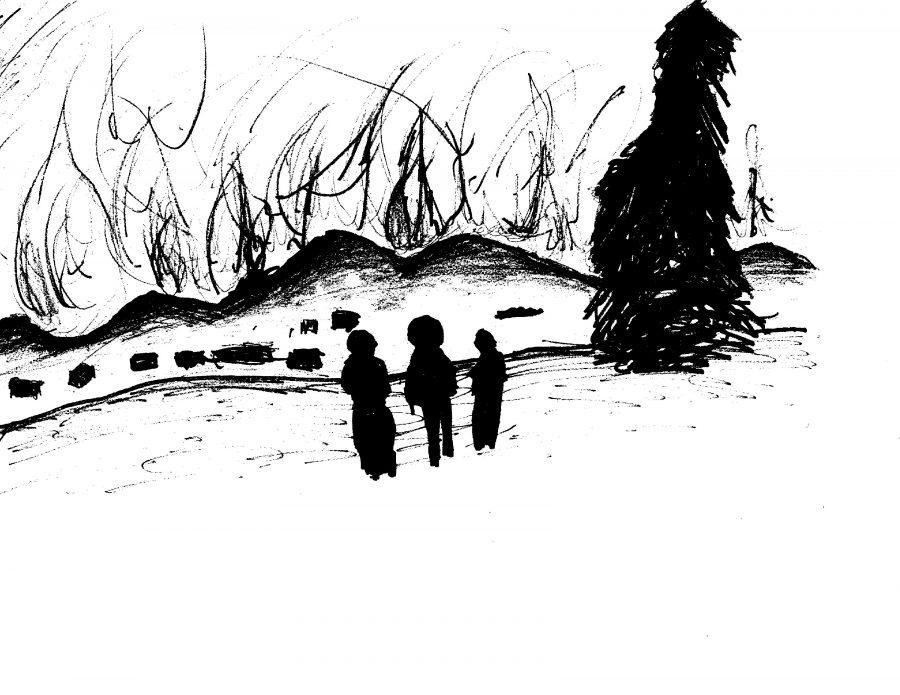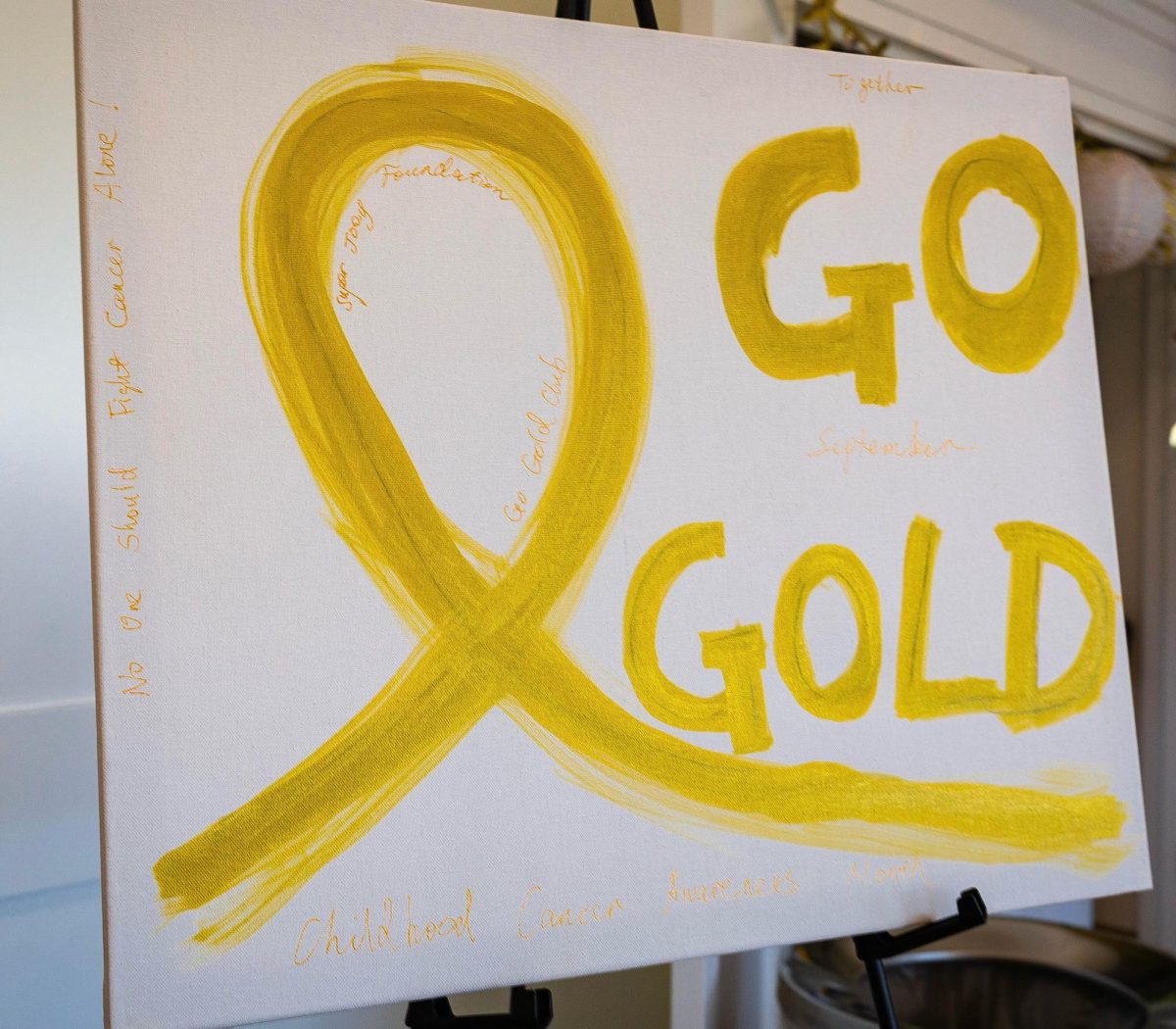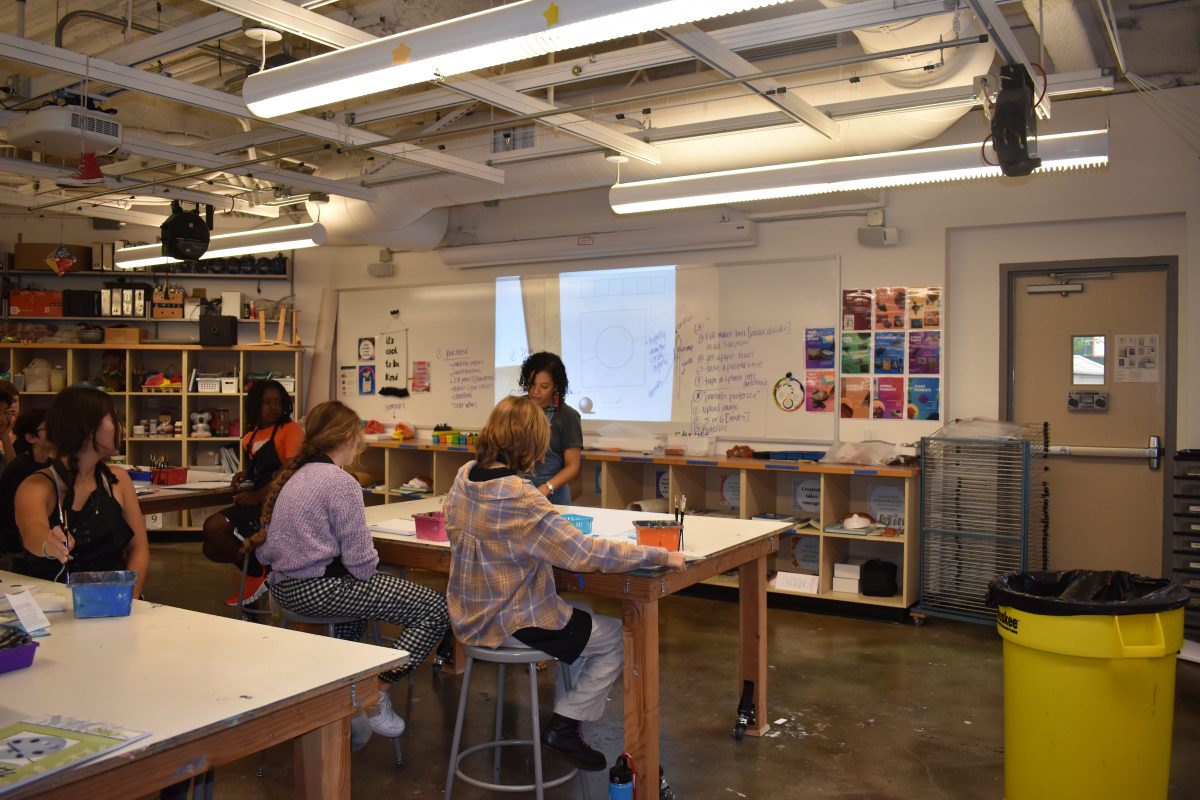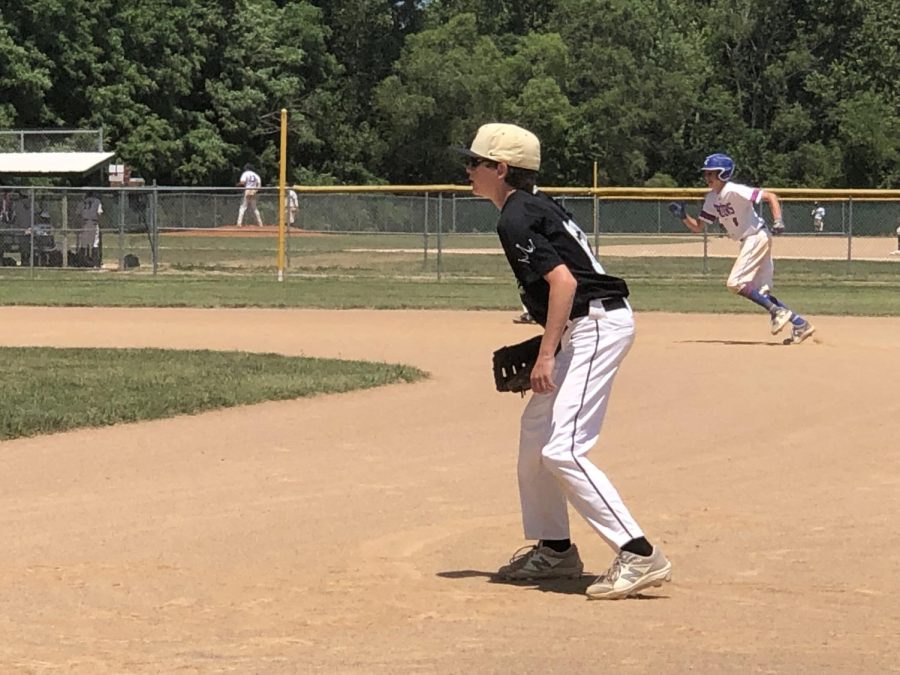The tragedy that proved our strength as a community
By Katharine Steers ’22
While some residents were more affected than others, the California fires left us all rattled. Residents within the fire zones evacuated their homes, with no guarantee that their house would still be standing upon their return. As first responders drove up and down streets urging residents to leave, news stations recommended that evacuees take photographs of their valuables. Residents outside of the immediate fire zones were also affected by the heavy winds, blowing smoke and ash for miles. The bad air quality led to canceled school and work days throughout the Los Angeles basin. For several days with no end in sight, the sky was orange and the air thick with ash. The fires claimed the lives of 66 animals and two people.
On Dec. 5, I woke up to my phone buzzing with news stories and texts from friends and family inquiring about my safety. Fortunately, I was indeed safe. Yet when I looked out my window the sky was raining ash. Had the fires really grown to be that bad? The surreal realization that the fires were serious hit me. The mythical California earthquake, I was ready for. A fire burning down my city, I was not. I have been around long enough to see the other wildfires that have engulfed the dry hills of California, but those were relatively minor compared to the recent disasters. Prior to the fires, California had momentarily seemed immune to the devastations occurring in other parts of the world, or even the horrors that happened in the closer range of neighboring states. The series of fires caught the eyes of those nationwide. Non-California residents’ commiseration was heartfelt, sincere and dearly-appreciated; However, it was truly up to Californians to navigate our way through the state of emergency and persevere alongside diligent firefighters.
Medical research has determined that in times of crisis, humans turn to the survival mechanism of flight-or-fight mode. It’s understood that the easier tactic is to flee. While some did, what separates this catastrophe from others is that a remarkable number of residents stayed in order to help. Undeniably, the worry that the fires would rage on and demolish all of California was tucked away in the back of many people’s minds. Nonetheless, most did all they could to lend a helping hand to those in need of aid. Furthermore, organization volunteers worked around the clock with the objective of aiding firefighters and victims. The Humane Society of Ventura County took in and cared for an abundance of animals that had escaped. L.A. Kitchen, among other eateries, provided meals and water for people affected. Individuals participated by donating money to such organizations.
Throughout this chaotic time, it would have been easy for less affected people to turn a blind eye and to resume the common mindset of “This isn’t happening to me so it doesn’t disturb me.” Los Angeles is a sheltered place. Unlike other major cities, such as New York or London, where walking is the main source of transportation, the majority of Californians drive cars everywhere. Within our cars, we live in a bubble in which we have no obligation to care about things if they are not happening to us.
However, the fires put our competence and resolve as a community to the test. We succeeded by uniting together in a way that has never been done before in all of California’s history. We spent our days donating necessities to charities and opening up our homes to shelter those who had been displaced. By simply deciding not to turn our backs on those in need, we proved how strong we are together.




